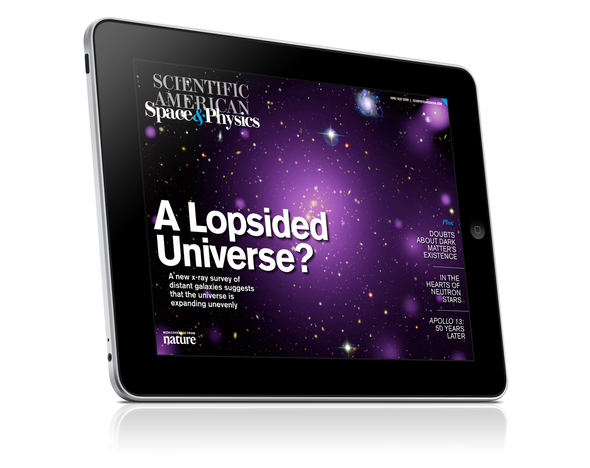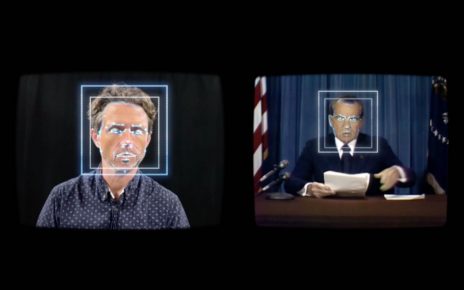A new x-ray survey of distant galaxies suggests that the universe is expanding unevenly
In my eighth-grade science class, our teacher explained to us the Doppler effect: that objects moving away from us would display stretched-out sound or light waves, whereas objects moving toward us would show crunched-up sound or light waves. The instructor cited as an example that astronomers could determine whether cosmological objects are moving toward or away from Earth depending on if their light waves were stretched out (redshifted for longer wavelengths) or were shorter wavelengths (blueshifted). This captured my imagination immediately, and I pictured an ever expanding universe spreading out away from Earth evenly like the ripples formed by dropping a stone in a pond. And indeed, measurements of the cosmic microwave background radiation suggest that the universe spread evenly following the big bang. But now, as senior editor Lee Billings reports in this issue’s cover story, the expansion of the universe may not be uniformly distributed but may be occurring more rapidly in certain regions (see “Do We Live in a Lopsided Universe?”). As with much astronomical research, it sometimes takes years to see below the surface of what we thought we understood.
Elsewhere in this issue, one candidate source of dark matter is at risk of being ruled out (see “Milky Way Dark Matter Signals in Doubt after Controversial New Papers”), and be sure to check out some of the Hubble Space Telescope’s most famous images, such as the Eagle Nebula, the Lagoon Nebular, and others (see “A Birthday Message from the Hubble Telescope”). Dive in!
This article was originally published with the title “The Beautiful, Irregular Universe” in SA Space & Physics 3, 3, (June 2020)




